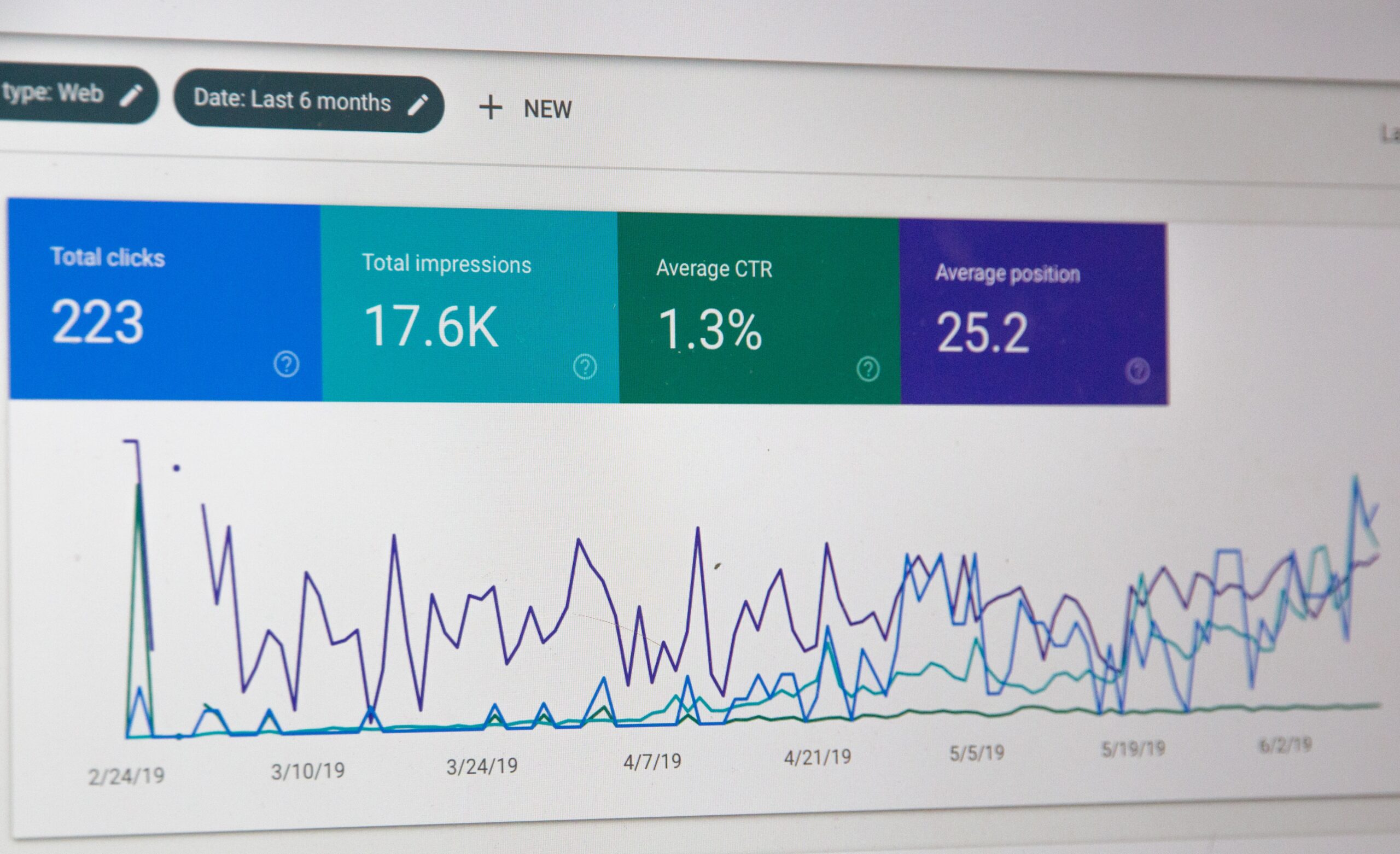A video script is a narration that accompanies any branded video. Whether you’re putting together an explainer, a promotion, or a product demo, you need a stellar script to go with those visuals. But where should you start if you’ve never created a video or a video script before? Read our top video script tips below to get started!
7 important steps to follow when creating a video script
Having a script is a great way to help your video team plan and prepare for the filming and animation process. Here’s what you need to do to write an attention-grabbing script that will speak to your audience.
1. Create a clear brief
Writing, recording, editing, creating visuals — a lot of work goes into producing a great brand video. So don’t waste any time or effort until you’ve got a bells-and-whistles brief to reference.
Ask yourself:
- Who is this video for?
- What are the key points we want to communicate?
- What do we want a viewer to do after watching this video?
- What is our brand objective with this video?
Then make sure all relevant stakeholders are signed off on the brief before you put pen to paper.
At Scribly, a clear brief helps us to understand our client, their project, and their end game. Armed with that info we can assign one of our talented writers and set about creating a Scribly video script that really delivers.
2. Establish a structure
Any piece of content – video included – needs a clear structure. A logical progression from one idea to the next helps you to communicate your message clearly.
Marketing videos usually follow a structure like this one:
1. Intro – this is your opportunity to grab a viewer’s attention
2. The problem – the thing you know your viewer is struggling with
3. The solution – how your brand can solve that problem
4. Call to action – what you want a viewer to do next
“The solution” will form the main body of your script. And it may be worth coming up with a few key subheadings that neatly summarize the points you want to make in this section. You can then drape your script around them before deleting these subheads from the final version.
3. Put together a storyboard

A video is nothing without visuals. And whilst there’s no need to go full-on Scorsese, a rough storyboard can be really useful.
Seeing visuals and text side by side will help you to build visual considerations into your script from the very beginning — and make fewer edits in the long run.
With a storyboard, you can see when a narrator should be referencing what a viewer can see on screen — and when visuals make long-winded explanations unnecessary.
It’s a way to make your storytelling (and your video) more relevant and cohesive.
4. Keep it short and sweet
HubSpot research reveals that videos lasting two minutes or less are the most engaging for a viewer. If you’re creating a video specifically for social media, keeping things under a minute is best practice.
That means you don’t have a lot of time to play with — and you need to be incredibly concise with your script.
Wherever possible, let your visuals do the talking. An image, as we’ve so often been told, can get across more info more quickly than the written or spoken word.
Aim for 125 to 150 words for every 60 seconds of video.
And when it comes to your script, there’s no room for waffle or narrator improv. Script every single word and make every word count.
A quick rule of thumb? Aim for 125 to 150 words for every 60 seconds of video. This should account for the natural rhythm of your narrator’s speech and won’t make your video feel too rushed.
5. Engage your viewer
Audiences love video, but there are a few ways you can maximize the engagement potential of this format.
Firstly, understand your audience personas. Writing with your viewer’s specific outlook and pain points in mind makes for a script that speaks directly to your market segment.
Then, grab their attention from the start. Use your first few seconds to introduce your narrator and outline what a viewer stands to gain from watching your video.
Lastly? Write as you would speak in normal conversation. Talk directly to your audience. Ask them rhetorical questions that prompt them to think a little more deeply about your topic.
Try to inject personality into your script and keep sentences short — way shorter than you would for a written piece of content. Complex sentences, along with complex language, make it harder for a viewer to understand and absorb what you’re saying.
6. Review your script

Your script may look amazing on paper. But how does it sound?
Read your script out loud to get a sense of how it flows. If you’re tripping up over particular words or sentences, you need to revisit and simplify them.
Now’s the time to edit, edit, edit. Cut out anything inessential. Rephrase sentences so you’re using as few words as possible. Substitute long words with shorter, more conversational alternatives.
Successfully trim the fat from your video script and the end result will be clearer, more concise, and more engaging for a viewer.
7. Enlist Scribly video script support
You may be comfortable wearing lots of different hats. But if a video script writer doesn’t happen to be one of them, it may be time to enlist some expert help.
Even if you’re used to writing content like blog posts, writing a video script is a whole other ball game. Script writing requires a more honed and skillful approach.
Get Scribly on board and our team will take your brief and develop an engaging video script – one that’s sure to wow your viewers and deliver on your objectives.
Schedule a free consultation call to discuss your video script requirements with one of our friendly team.




